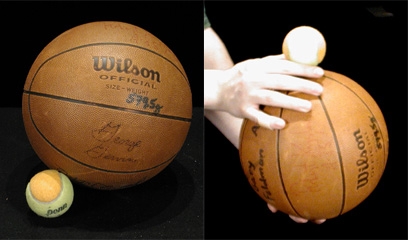A toy car rolling down a loop-the-loop track demonstrates the minimum height it must start at to successfully negotiate the loop.
What it shows:
For an object to move in a vertical circle, its velocity must exceed a critical value vc=(Rg)1/2, where R is the radius of the circle and g the acceleration due to gravity. This ensures that, at the top of the loop, the centripetal force balances the body's weight. This can be shown using a toy car on a looped track.
How it works:
The car is released from the top of a ramp and runs down a slope towards...
Read more about Loop-the-loop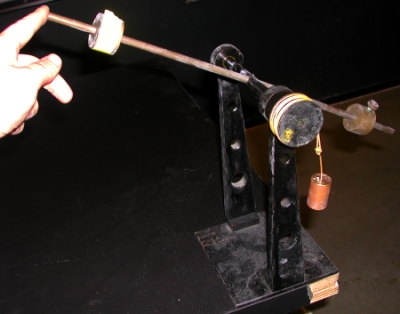
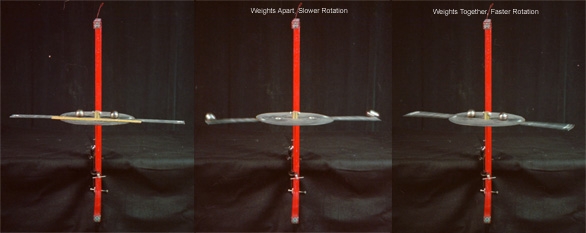
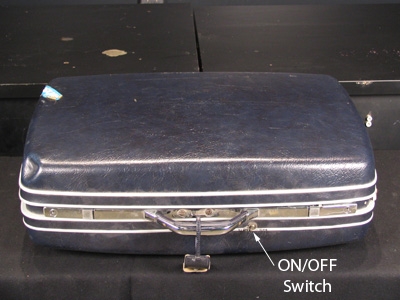
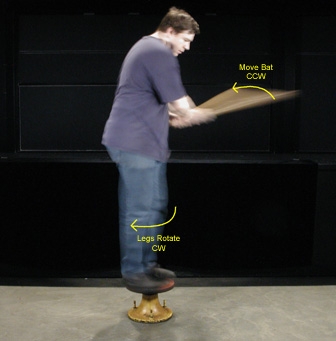
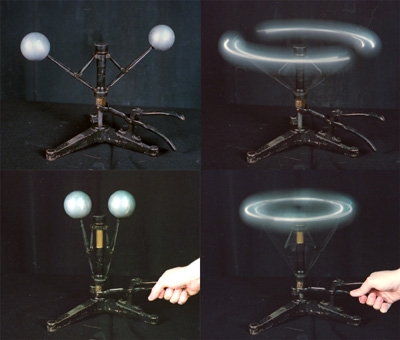
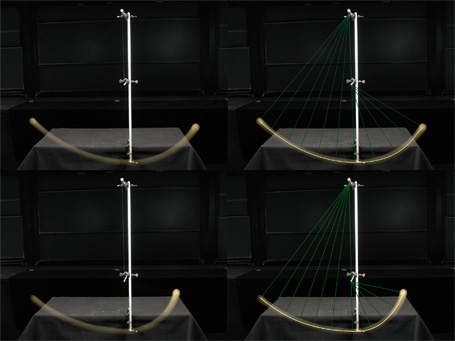
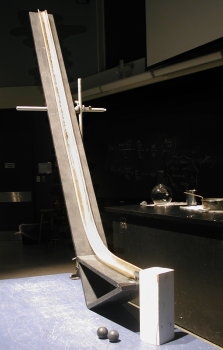 ...
...